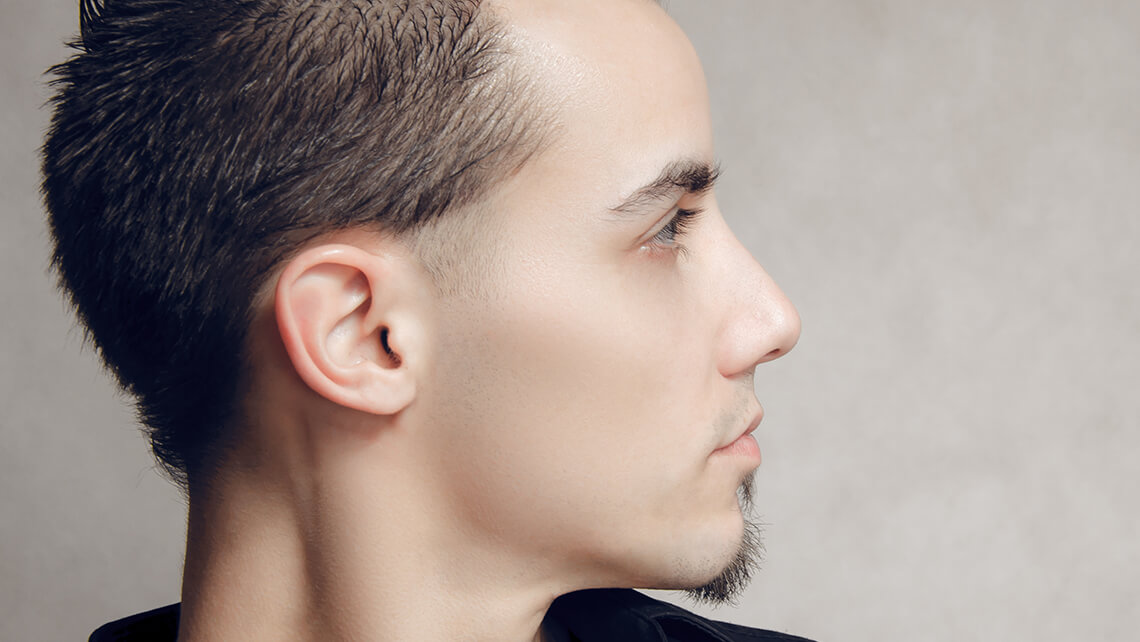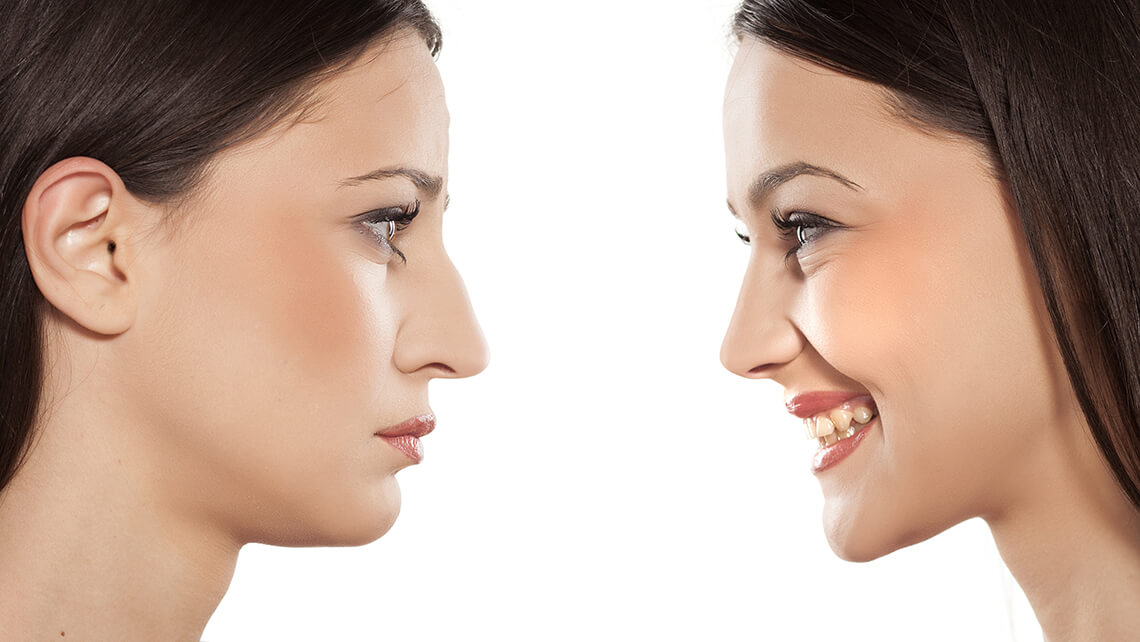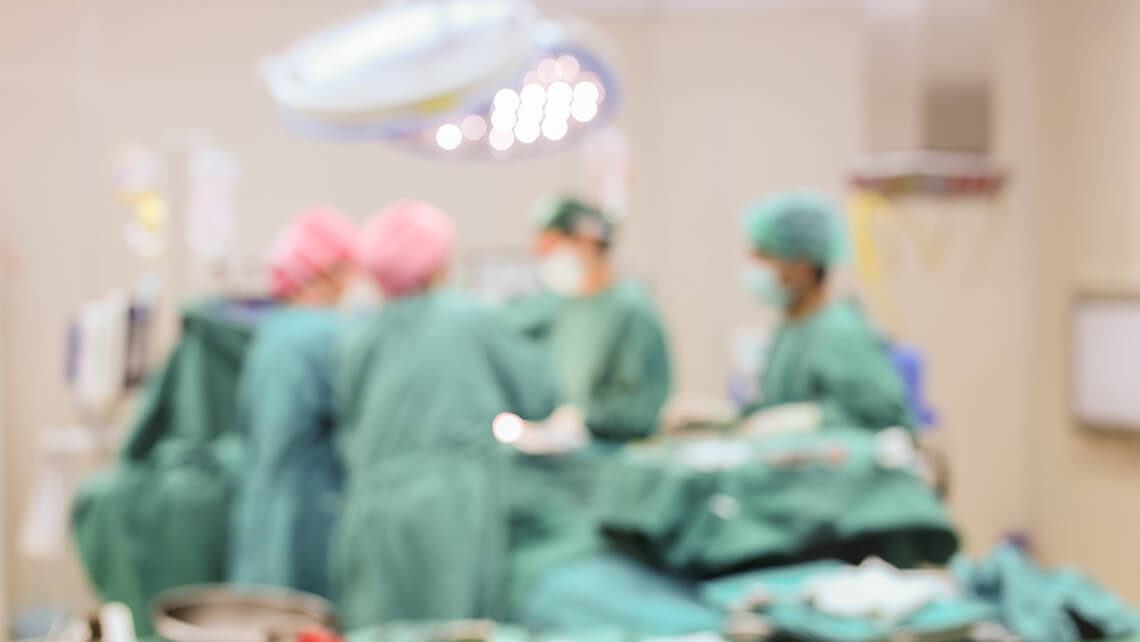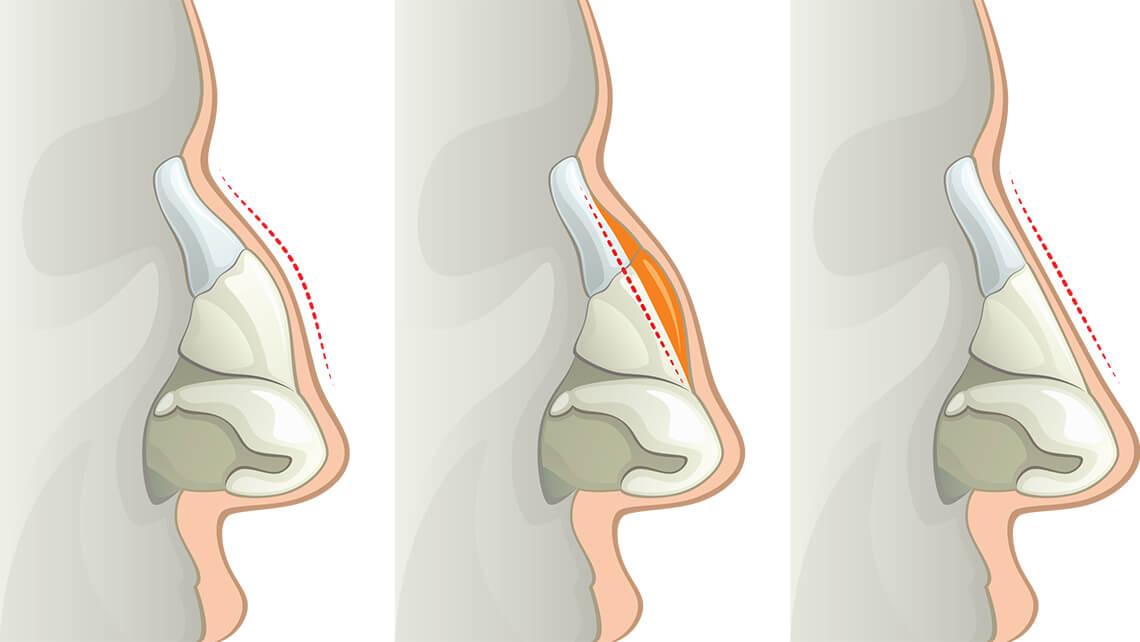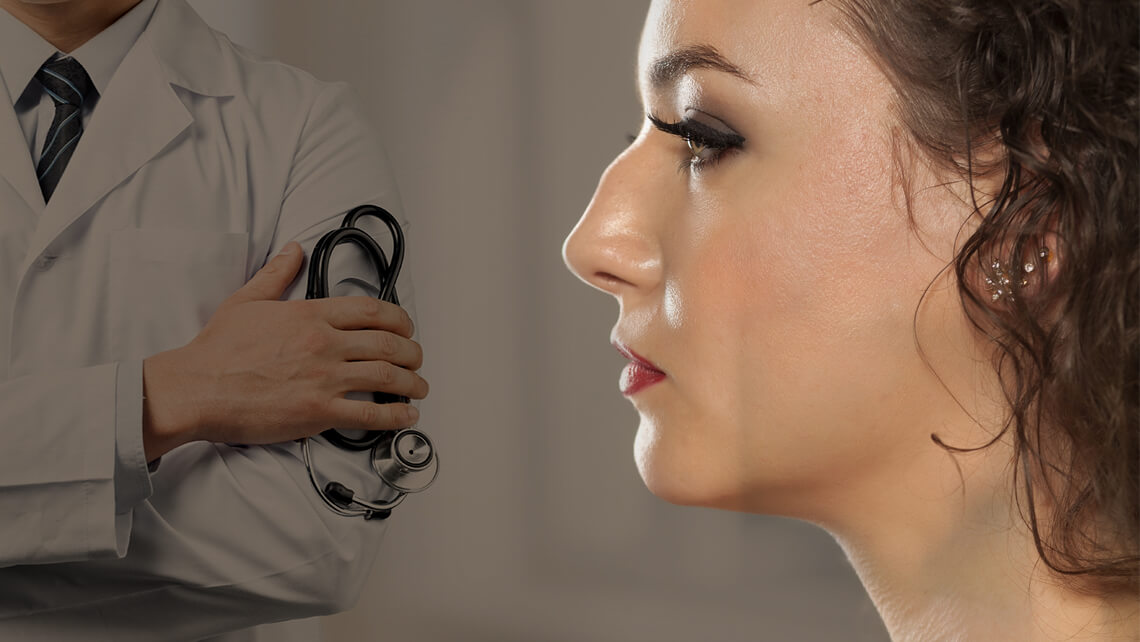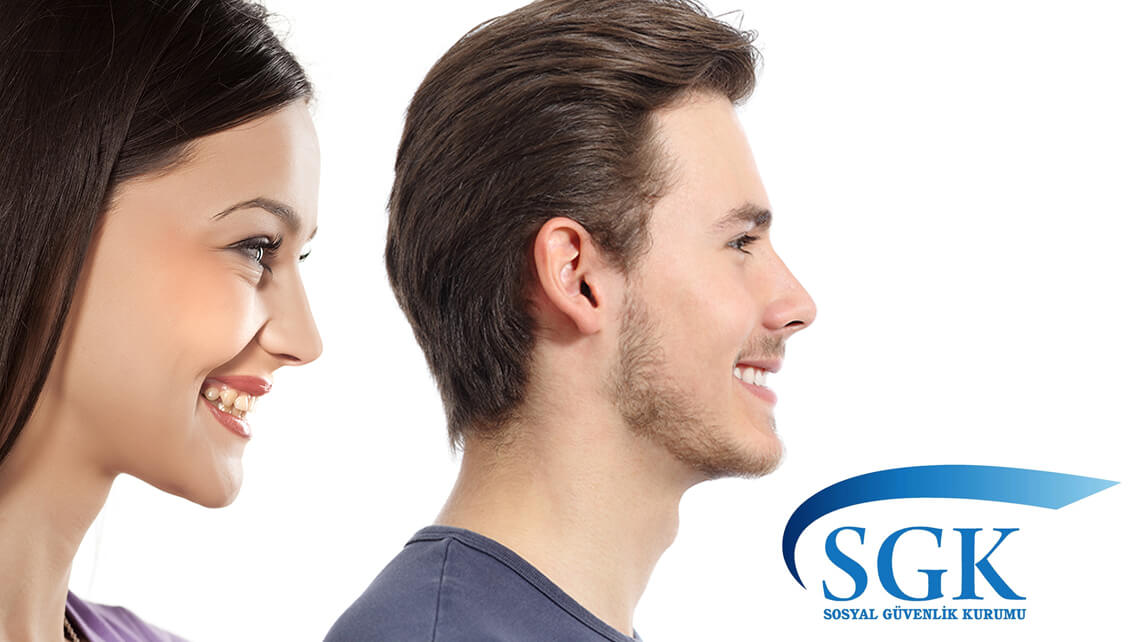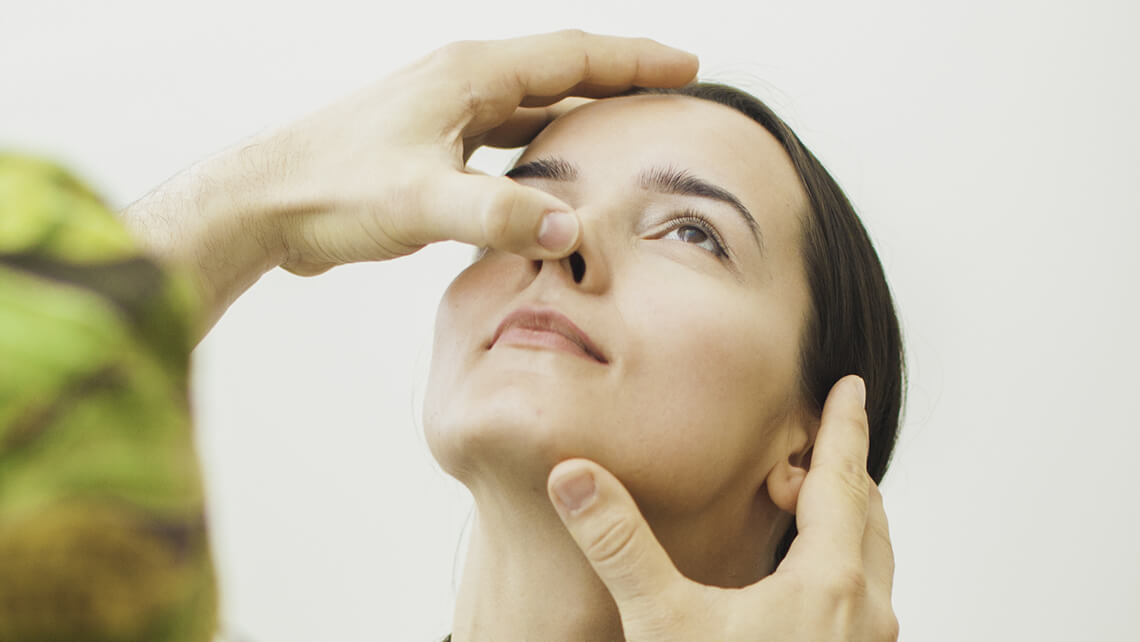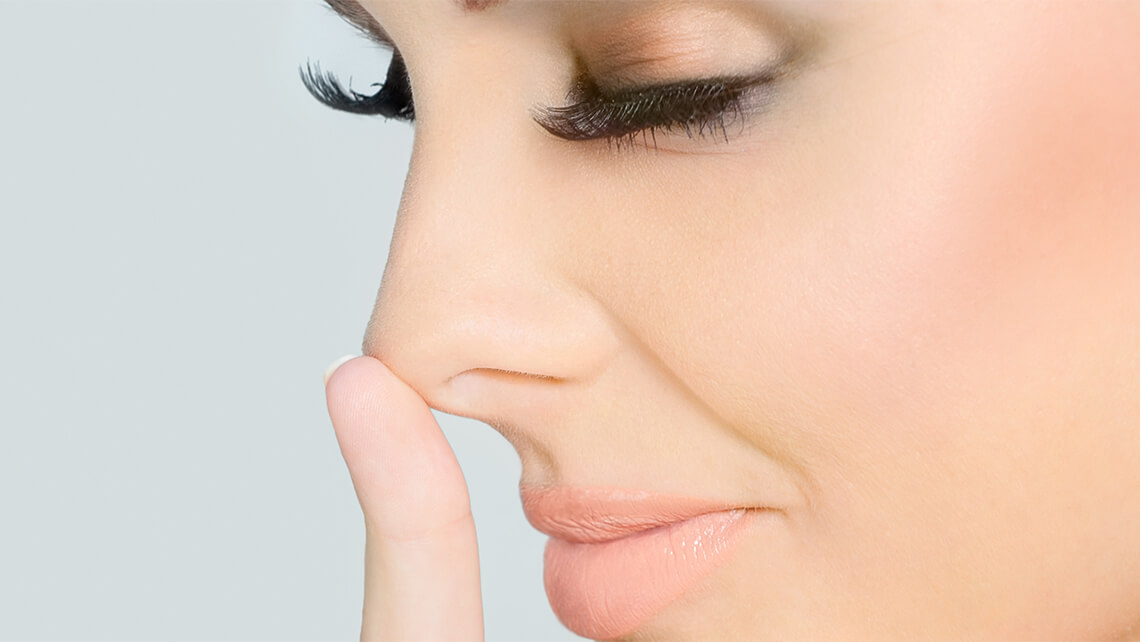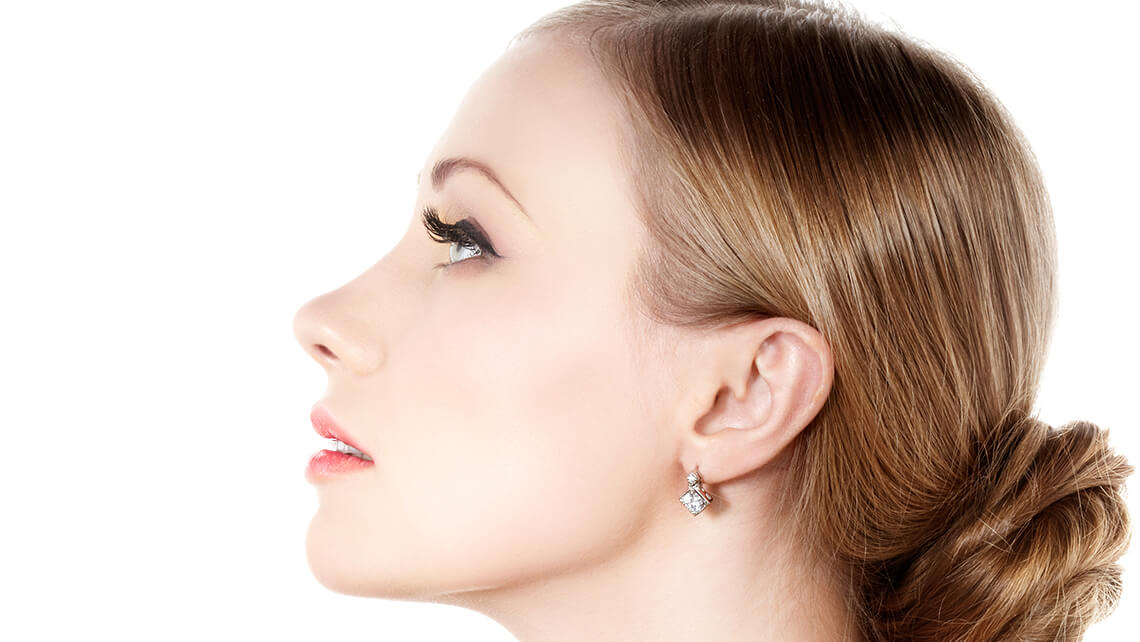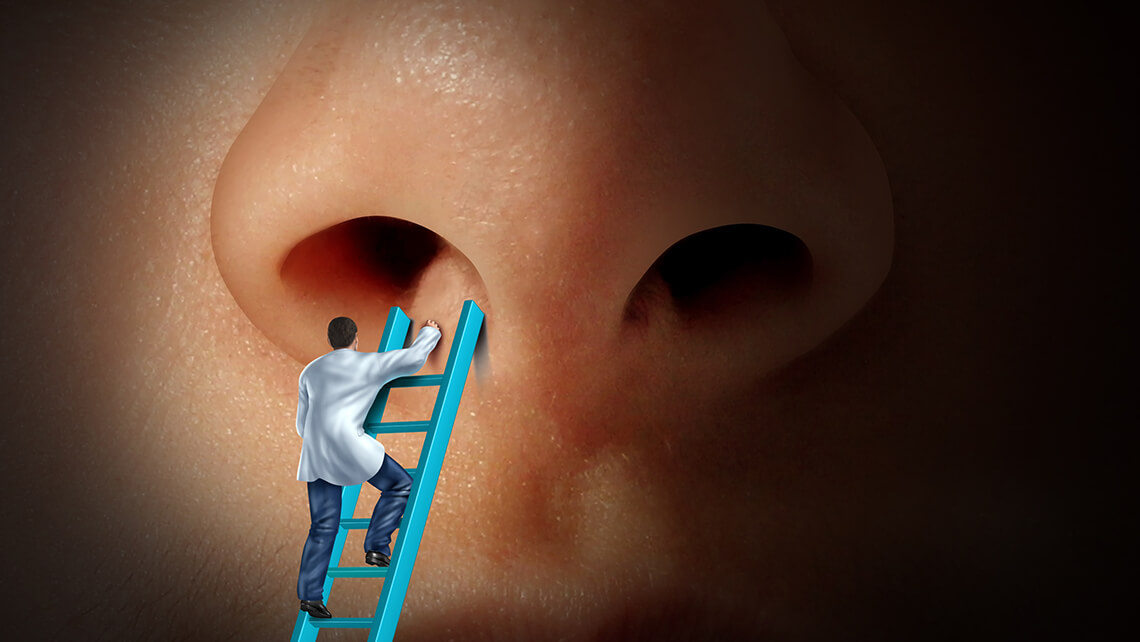Tip Rhinoplasty (Aesthetic Surgery of the Tip of the Nose): The nasal tip, which is the most attention-grabbing part of the nose, is aesthetically very important. It consists of the uppermost junctions of the cartilages in the form of the letter “n”, which forms the nasal wings. It has many different types, which have ethnic characteristics. Its height, width and angles are quite important.
This area has the thickest skin structure in the nose. The skin becomes thicker from the nasal root to the nasal tip, and the number and density of the sebaceous glands increases. It is possible to surgically correct this area alone, but a good planning should be made before the operation to ensure that the rest of the patient's nose can adapt to the result. Not every patient is a suitable candidate for tip rhinoplasty. Therefore, the patient should discuss this with his/her physician in detail.
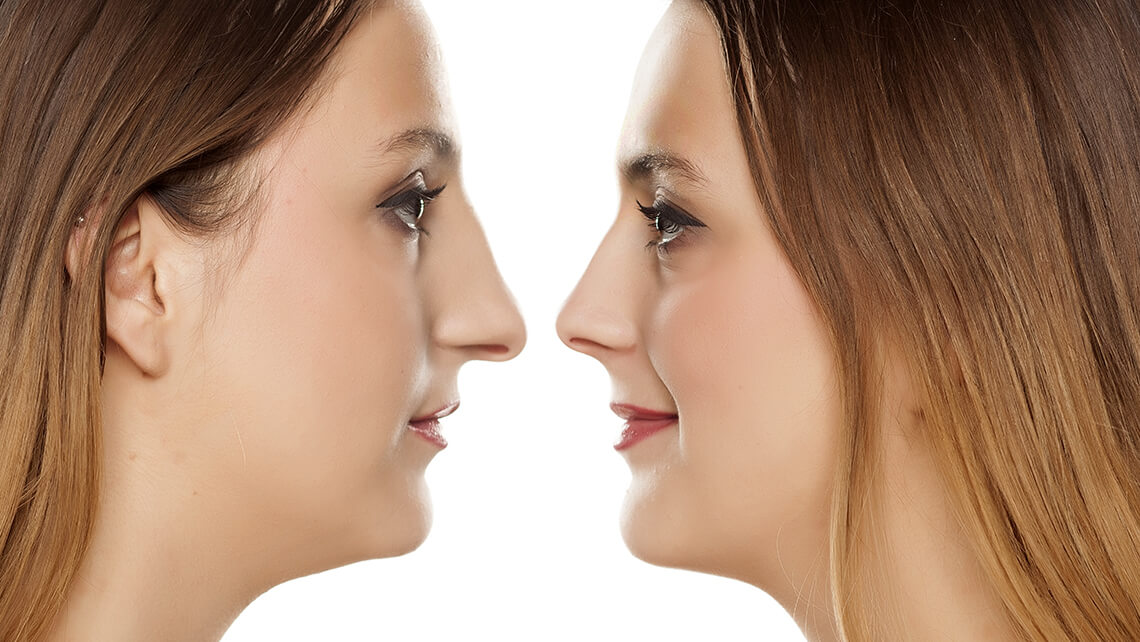
There are a variety of causes distorting the nasal tip that should normally have a triangular geometry. These include skin thickness, excessive amount of subcutaneous soft tissue, rough structure of the nasal tip cartilages, distorted angle between the cartilages of the nasal tip that should be 30-degree, distorted position of the cartilage protrusions that give polygonal light reflex at the nasal tip, and impaired nasal cartilage support. These causes are identified in advance, and a treatment procedure is performed accordingly. Wrong geometry may be caused by a structural defect, infection, trauma or previous surgical interventions.
The main nasal tip deformities can be listed as bulbous (rounded) nasal tip, pointy nasal tip, bracket nasal tip, asymmetric nasal tip, and nasal tip ptosis. Tip rhinoplasty, also known as tip plasty is actually a part of a full rhinoplasty operation but can sometimes be performed alone. Tip rhinoplasty is recommended especially for those who want minor changes in their nose or who have a problem with only the nasal tip. Especially with increasing age, nasal tip droops. Therefore, tip rhinoplasty is also performed as a part of the facial rejuvenation procedures performed at advanced ages. For those whose nasal tip droops or moves when they smile or talk, tip rhinoplasty is performed in a different way. A surgical operation intended for the muscles connecting the nasal tip and lip muscles can solve the person’s problem.
If there is not much problem in the nasal tip, the operation can be performed with a completely closed surgical intervention and without sutures. If there is a need for an extra cartilage support in people with serious problems in their nasal tip, an open rhinoplasty operation may be required. Reshaping the cartilages that constitutes the nasal tip, trimming the cartilages if required, correcting the angles of the nasal tip cartilage, establishing nasal tip suspensions or cartilage supports are among the procedures performed during tip rhinoplasty. In noses where tip rhinoplasty will be performed, the nasal tip skin should be ready for the procedure. Tip rhinoplasty may cause undesirable results in those with nasal skin problems, or in those after whose recent surgical operation the swelling of the nasal tip skin has not yet subsided or the nasal tip skin has not regained its elasticity enough. Thick nasal tip skin hides the changes made in the nasal cartilage skeleton. In such cases, for example, if a bulbous nasal tip is intended to be corrected, the existing problem is likely to be unresolvable.
In some people who have aesthetic problems with their nasal tip, it may be wrongly thought that the whole problem is in the nasal tip. When these people are analyzed in detail, an adjustment disorder is noticed in the rest of the nose as well. In such a case, tip rhinoplasty alone remains insufficient and a full rhinoplasty operation is needed.
It is not possible to evaluate the nasal tip alone. The anterior nasal projection, where the nasal tip is located, is closely related to the area above the lips. The inharmoniousness of these two structures disrupts the balance in the middle of the face. Nasal tip ptosis shadows the distance between the nose and the upper lip. This condition hides the aesthetics of the lip. In such cases, it is noticed after the procedure that the lip aesthetics have changed as well.
Rhinoplasty also includes non-surgical options such as filler and Botox injections. Although fillers injected into the nasal ridge provide temporary good results, they do not have a significant effect on correcting the nasal tip. The inflexible structure of the skin on the nasal tip does not allow for filler injection in this area. Botox, on the other hand, can be effective in mild nasal tip lift procedures. However, Botox will work only in people whose nasal tip muscle gets activated when smiling.
It is not always reasonable for a patient with nasal hump to request tip rhinoplasty. In general, the suitable candidates are patients who have no problems with other aesthetic units of the nose.
Tip rhinoplasty is the corrective procedure that involves only the correction of the cartilage of the nasal tip, which is performed without touching the middle cartilage structure called the septum that divides the nose into two, or the bone structure that forms the back and sides of the nose.
In this way, it is possible to narrow the nasal wings and reshape thick, droopy, long, high, narrow or wide nasal tips.
If necessary, nasal packings can be placed and a plaster cast can be applied at the end of the operation. It can also be performed without nasal packings and a plaster cast, and the decision in this regard should be in the sole discretion of your plastic surgeon. If nasal packings have been placed, they are removed on the 2nd postoperative day. If you have a cast, it is removed or replaced, and a new cast can be applied on the 5th postoperative day. The plaster cast is completely removed on the 10th postoperative day and nasal massage is started. Complete subsidence of the swelling usually takes 3 months, and then the targeted result can be achieved. Skin thickness in particular is an important factor that determines the length of this period. In patients with thick nasal skin or in patients who have had nasal surgery in the past, it may take 3 months to a year for the skin to regain its previous thickness.
This surgical procedure causes much less bruising and swelling compared to standard rhinoplasty. The time required for returning to normal life is very short after this procedure, which usually has a painless post-operative period.
A patient who decides to have a tip rhinoplasty operation should also have knowledge about normal rhinoplasty.
The nose located in the center of the face is a very special characteristic organ that affects facial expression in all respects. It has width, height, depth and quite important functions. Its shape varies from person to person. Rhinoplasty operations should be intended to achieve a natural result in harmony with the facial shape and proportions of the person by making a special design for each patient, rather than creating a standard nose appearance. The proportions of the nose in it, the proportions of the nose related to the face, internal angles of the nose, and the nose’s angles with the face should be evaluated in detail. Planning should be done together with the patient, in line with his/her expectations determined during a detailed interview.
For a person who wants to have a rhinoplasty operation, the most important step to take is to consult a plastic surgeon. The better the patient can define and explain his/her expectations as well as the existing problems to the surgeon before the surgery, the closer the result will be to his/her expectations after the surgery.
In the planning of a rhinoplasty operation, it is of great importance to know whether the person has had an accident or trauma or whether he/she has had a surgical operation in the past, and whether he/she has any congenital problems.
Respiratory problems do not constitute an obstacle to plastic surgery. The both problems can be easily solved in the same surgical session.
The person who wants to have a rhinoplasty operation should clearly explain to the surgeon his/her expectations about better aesthetic appearance and feeling after the surgery, keeping in mind the fact that the desired result should be correction, not perfection.
In short, rhinoplasty also known as nose job can reshape your nose, but cannot direct the flow of your life.

